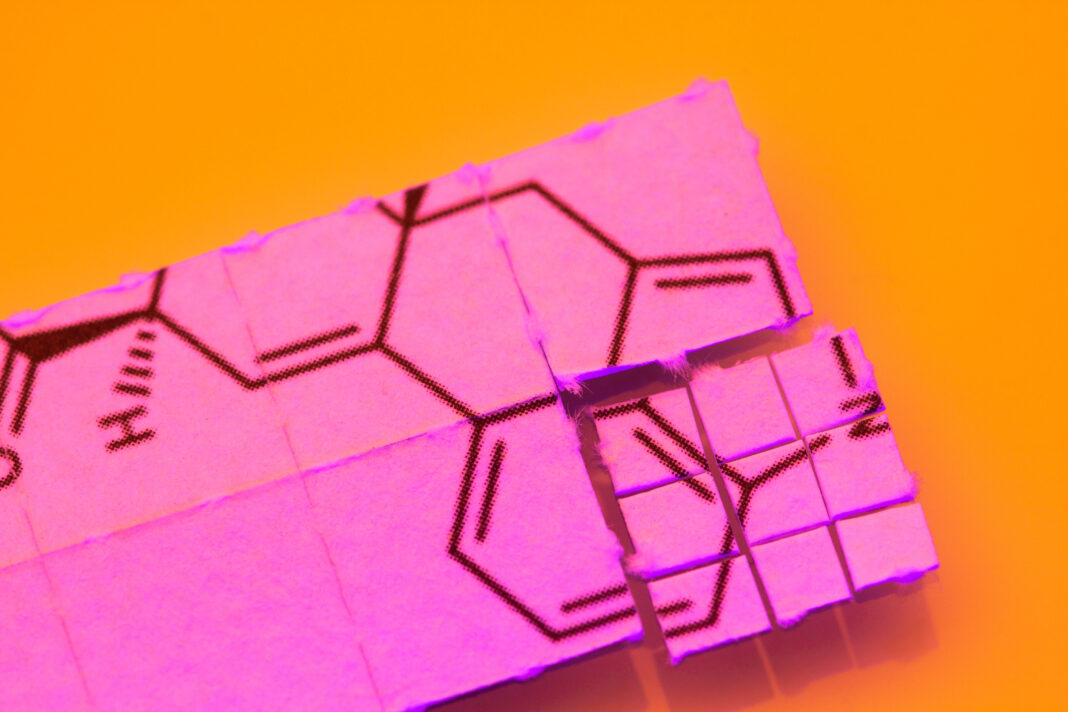April 14, 2023, is “bicycle day” in Switzerland, a day that commemorates Dr. Albert Hofmann intentionally taking lysergide—more commonly known as LSD (lysergic acid diethylamide)—for the first time in 1943 after he had discovered it.
Fittingly, NYC-based clinical-stage biopharmaceutical company Mind Medicine (MindMed) announced that Swiss collaborators at the University Hospital Basel (UHB) and the University Hospital of Psychiatry have released positive topline data from a double-blind, investigator-initiated trial evaluating lysergide in the treatment of major depressive disorder (MDD).
“When we really zoom out and look at what we know about the [hallucinogenic] drug class, LSD has been largely overlooked…for nonscientific reasons,” CEO and Board Director Robert Barrow told GEN Edge. “But in today’s day and age, with the vast problem of the mental health epidemic and the incredible need being increasingly recognized by policymakers, providers, patients, and the common vernacular, we certainly believe that LSD is worthy of being at the very front of that pack, and these data continue to reinforce that view.”
Freewheeling
A few years back, MindMed entered into a pretty broad research collaboration with Matthias Liechti, MD, PhD, at the University Hospital Basel. Liechti is well-connected and has a number of collaborators and colleagues both there and at other hospitals that he collaborates with on clinical research studies. As part of the collaboration between MindMed and Liechti, a number of investigator-initiated studies have been and are being conducted with lysergide.
In May 2022, Leichti reported results from the placebo-controlled investigator-initiated trial, conducted at the UHB, demonstrating the significant, long-lasting beneficial effects of LSD and its potential to safely mitigate symptoms of anxiety and depression.
The Phase II study, led by Liechti and Felix Mueller, MD, consisted of 61 patients with MDD given two doses of lysergide four weeks apart. A high-dose group received doses of 100 μg on day zero and 200 μg on day 28, and a low-dose group received 25 μg on both days, which is about the perceptual threshold for lysergide, according to Barrow.
The primary outcome was measured by the clinician-rated Inventory of Depressive Symptomatology (IDS-C) scores six weeks after the first administration. “In depression, we think of six weeks as one of the most important time intervals because that is where most of the antidepressants have been assessed for primary outcome measures and is the regulatory mark, which is where we want to focus,” said Barrow.
Consistent with a long history of positive results in hundreds of patients in over 20 studies, lysergide showed significant, rapid, and beneficial effects, as well as the potential to alleviate MDD symptoms. The Swiss collaborators saw a clinically and statistically significant response for the primary endpoint: a statistically significant 12.9-point reduction in the high-dose group versus a 3.6 reduction in the low-dose group.
Secondary outcome measures included assessments for not only depression but also anxiety and other psychiatric symptoms assessments. “Diagnostically, major depressive disorder and generalized anxiety disorder are significantly overlapping, so when looking at either disorder, oftentimes you look at both anxiety and depression scales and see that responses are correlated between the two,” said Barrow. “So, when we look at these results in the context of our development programs and the massive need and the overlap in psychiatric disorders—it’s very common and there’s a high degree of comorbidity between anxiety and depression—and see positive results in depression, it gives us more support and excitement around the overall potential of this molecule in psychiatric disease.”
Riding in tandem
In addition to this study, Barrow said that MindMed will have more complete readouts later this year for two clinical trials, one in attention-deficit/hyperactivity disorder (ADHD) and another in general anxiety disorder, on MM120, the company’s lysergide pharmaceutical product. The difference between MM120 and the lysergide used in the Phase II MMD study is only in terms of manufacturing. The active pharmaceutical ingredient (API) for the MM120 and lysergide is the same.
“For the drug product that we are ultimately developing, biologically, that difference and those innovations, improvements, and patent claims are driven by things that would make [MM120] a better pharmaceutical product,” said Barrow. “[MM120] is pharmaceutically optimized, with better stability, characterization, dosage form, and perhaps better pharmacokinetics. The dosage form that’s actually used in something investigator-initiated studies might vary slightly, but biologically, in terms of the molecule after it’s absorbed into the body, it’s identical.”
MindMed is in the midst of conducting a 200-patient Phase IIb study evaluating MM-120 for generalized anxiety symptoms in adults 18 to 74 years old and is actively recruiting patients at 20 sites in the United States. The first patient was dosed in August 2022. Barrow said that MindMed is doing four different doses versus a placebo, which should give us a really robust assessment of the dose-response relationship and allow us to choose an optimal dose to move into pivotal studies.
The generalized anxiety clinical trial will also look at depression endpoints in that study. “You’re always looking for indications as you progress and get closer to commercialization where you can consider opportunities to broaden the reach of a drug, particularly one where we’re seeing such promising early results,” said Barrow. “We continue to weigh the clinical evidence being generated and think about these other indications and what the opportunity could present for patients and ultimately for the economy.”


